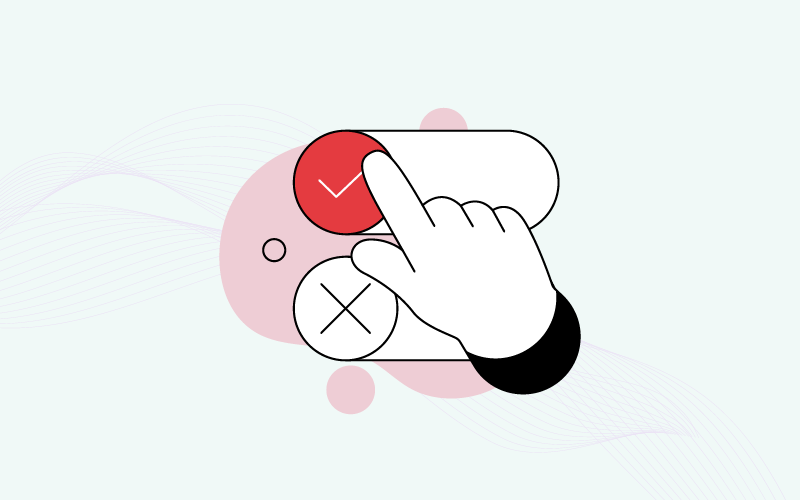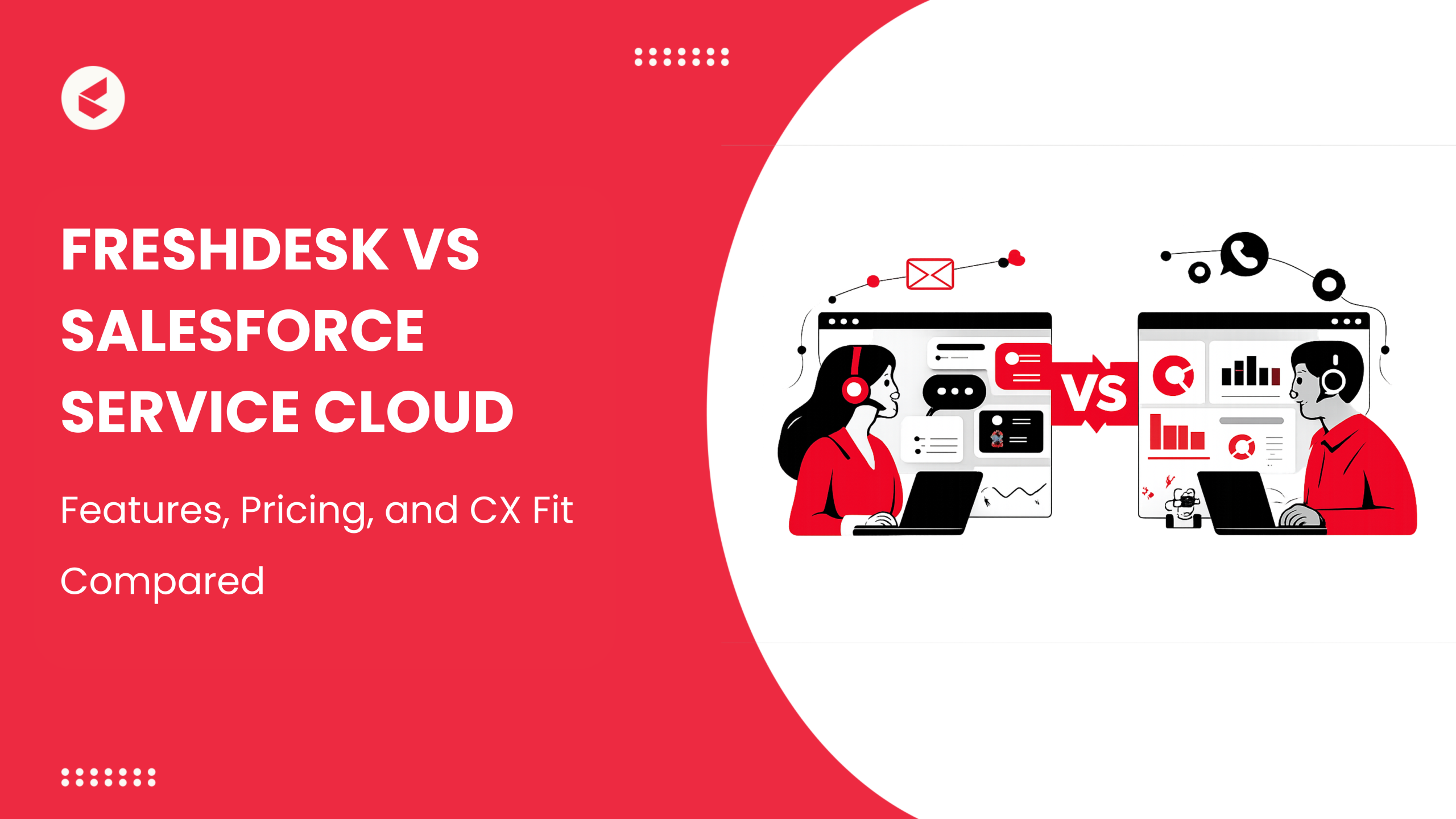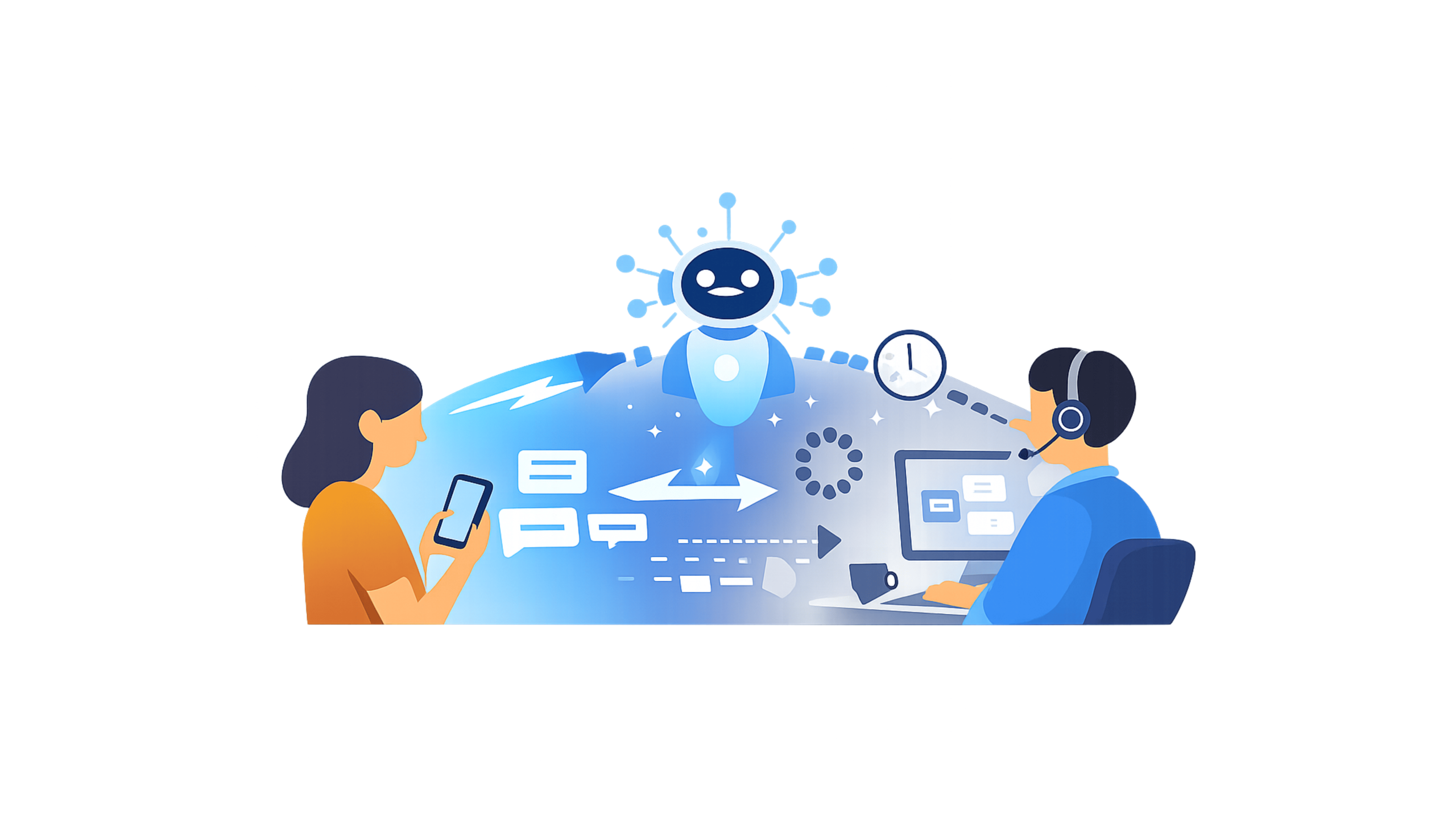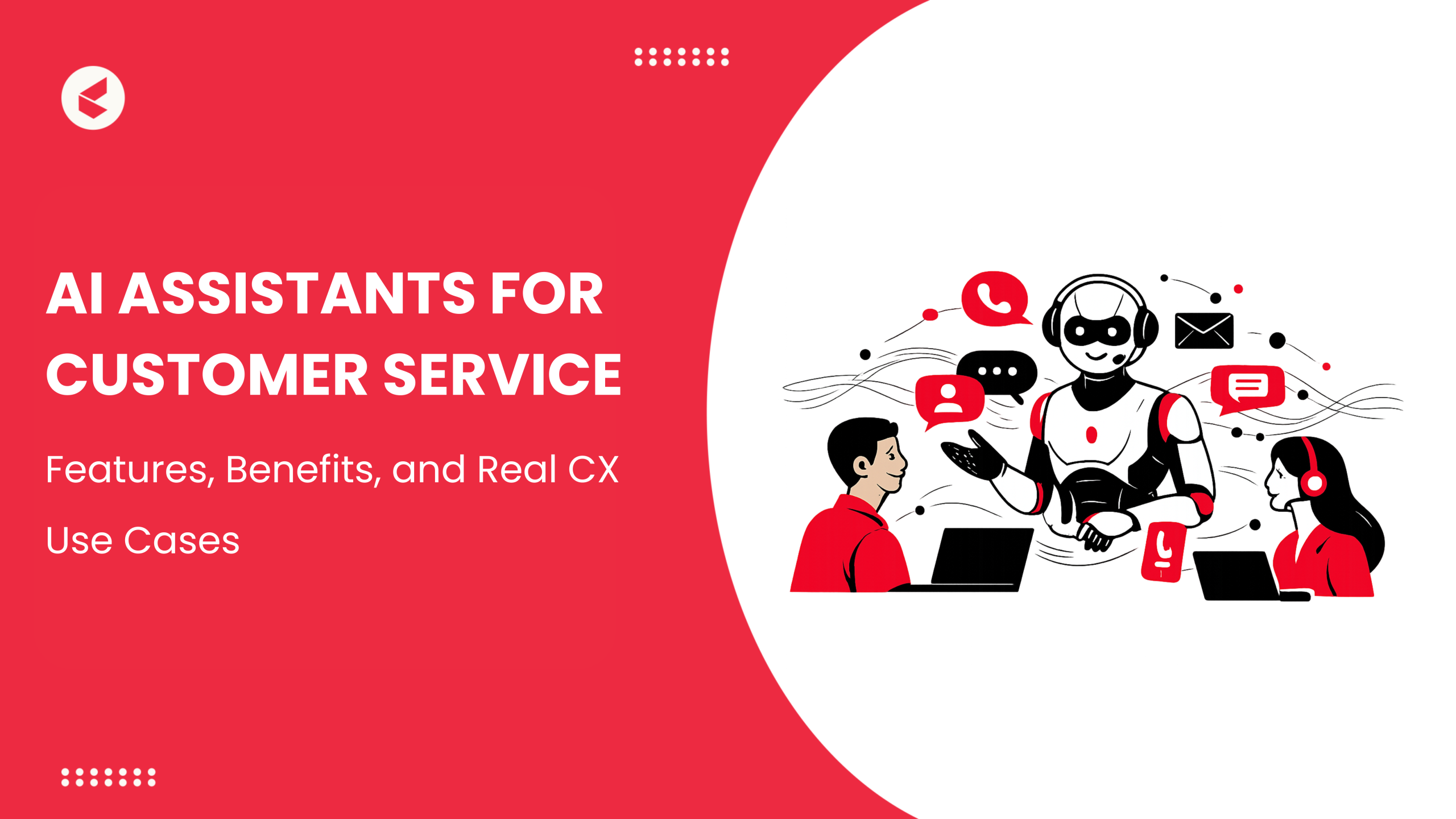In today’s competitive market, consumers hold immense power. Their reviews and experiences, positive or negative, significantly impact a brand’s reputation. Businesses that prioritize personalized engagement strategies will ultimately win a larger share of customers.
80% of consumers are more likely to buy from a company that provides a tailored experience.
Source
With service being the most important competitive differentiator, providing efficient or even tailored service is no longer enough. Customers today expect an increasing level of personalization and will choose to buy from brands that can cater to their specific needs.
Brands that meet customers in their preferred channel and put the customer in control of their journey, such as the Mindful platform, have a clear advantage in providing a highly personalized customer experience. They can see the proof in the revenue.
What is Hyper-Personalization?
While personalized services frequently entail calling the customer by name and remembering their preferences, hyper-personalization takes it to a whole new level. Hyper-personalization is the concept of collecting real-time behavioral data from customers to tailor products, services, and experiences to their wants and needs.
To accomplish this, brands must have a thorough understanding of their products and customers. It is also important to combine data and technology to develop a customized strategy.
Creating a hyper-personalized customer experience has become simple with the rise of big data. Organizations have been able to identify specific customer needs and requirements using behavioral data and interpret individual characteristics using emerging technologies.
This has resulted in a paradigm shift away from product-centric marketing and toward a more personalized customer-focused marketing and customer service experience.
Personalization Vs. Hyper-Personalization
You must be wondering what is the difference between personalized customer service and hyper-personalized customer service.
Personal and transactional information such as name, organization, past purchases, and so on are the focus of traditional personalization. The most common example is including a customer’s first name in the subject line of an email. This method simply employs profiling to make assumptions about the customer based on their characteristics. This is simply personalizing the experience with the help of the basic information of the customers.
Hyper-personalization, on the other hand, is a more complex and evolved technique that interprets their intent based on behavioral and real-time data such as browsing behavior, in-app activities, and engagement data. This leads to more contextualized communication and, as a result, higher conversion.
For example, removing uninteresting sections of the website or sending push notifications when the customer is most active falls under the category of hyper-personalized communication.
The impact of personalization on the customer experience was significant. It altered how businesses viewed customer-centricity. Leveraging customer insights, hyper-personalization empowers businesses to seize fleeting opportunities to connect with customers on a deeper level.
While personalization may, for example, aim to deliver more relevance to a customer via their preferred communication channel. Hyper-personalisation aims to engage each customer in a one-on-one conversation across all channels.
A Comparative Analysis
Data Use: To segment customers into groups, personalization relies on basic demographic information such as name, gender, and location. Hyper-personalization, on the other hand, evaluates individuals’ behavior to proactively improve CX.
Complexity: Traditional personalization relies on broad rules for entire customer groups, limiting its effectiveness. Hyper-personalization takes a more complex approach, using detailed customer data to tailor experiences for each individual. This shift results in a more dynamic and impactful customer experience.
Customer effort: By tailoring journeys to the needs of the individual, hyper-personalization frequently reduces effort. Many strategies, for example, anticipate and fulfill customer needs. This effectively removes the customer from the equation.
Personalization strategies frequently rely solely on customer segment information and automation.
The Importance of Context in Hyper-Personalization
Context is one of the most important components of hyper-personalization. Real-time data and factors help in delivering an amazing customer service experience. Analyzing the data in the right context helps you create a hyper-personalized experience.
It is accomplished through data, analytics, AI, and automation to create personalized and targeted experiences.
Companies can use hyper-personalization to send highly contextualized communications to specific customers at the right place, right time, and right channel.
As digital marketing becomes more competitive, hyper-personalized marketing allows organizations to meaningfully engage customers, deepen existing relationships, build new ones, and improve the customer experience.
Implementing this type of strategy boosts not only customer satisfaction but also brand loyalty, willingness to spend, and overall marketing effectiveness.
Benefits of Hyper-Personalization
A personalized customer service experience can be a game changer for your business and can bring in a lot of benefits.
1. Increased revenue
When your customers get the extra special treatment from your side they tend to stay more loyal to your brand. Loyal customers tend to bring more customers into your business by spreading positive word of mouth to potential customers. Two brands with the same product and same quality may have different revenue because of the kind of customer service they deliver post-sales.
A brand with more personalized customer service makes their customer believe that the brand cares about its customers.
2. Improved customer experience
The more relevant your offerings and content are, the less time and effort your customers will expend sifting through irrelevant information and products. This also shows customers that you value them as individuals, which can help with customer retention and word-of-mouth marketing.
Businesses can deliver personalized content such as personalized email and recommendations to individual users at scale by leveraging data and artificial intelligence. Today, many advanced AI writing tools enable hyper-personalization. While this approach has historically been used for targeted advertising, it is increasingly being applied to strengthen customer relationships and drive conversions.
3. Improved CSAT
Any company’s top priority is to reduce customer churn. After all, it is far more expensive to acquire a new customer than it is to retain an existing one. However, keeping customers can be difficult, especially as competition grows and customers have more options. Hyper-personalization is one method of reducing customer churn. This entails gathering data on customer behavior and using it to personalize the customer experience.
4. Smoothen customer journeys
Customers are more likely to interact with the content and form a stronger bond with the brand. Furthermore, hyper-personalization can help businesses better understand and anticipate their customers’ needs. Businesses can stay ahead of the curve and maintain strong customer relationships by shifting their focus from static segments to dynamic individuals.
5. Increasing data quality
Clean, high-quality data is required for effective hyper-personalization. You will achieve better data integrity and connection among your data sources if you focus on making the necessary data unified, organized, and easily accessible for your personalization strategies.
Hyper-personalization framework
To create a favorable framework, one can use an analytics-driven strategy to recognize data rather than traditional methods that rely on tactics to data.
Four steps are involved in creating a framework that consistently provides noteworthy customer experiences.
1 . Data Collection
The first and most important step in creating a hyper-personalized experience is identifying the audience. This is determined by how a company determines who its primary customers are and how well each customer is understood.
Identifying the correct audience represents having access to relevant data; it is advantageous for businesses that serve a diverse audience because it reduces the requirements of each group.
2. Data Segmentation
The second step is to move on to the process of customer segmentation, which is how a company uses data and expertise to scale the personalization process.
A large audience is divided into smaller subgroups based on demographics, expenditure, location, fulfillment, and previous interactions. To improve customer engagement and brand adherence, a brand can now express relevant communication prepared for each group.
3. Targeted Exploration and Measurement
After segmenting the customers and identifying their corresponding requirements, the target exploration, i.e. the framework’s communication facets, can begin.
Timing and medium are critical factors in engaging with the audience. Taking control of both will significantly increase the likelihood of customer conversion.
4. Analysis
When a company launches a significant campaign, the final phase is calculating and analyzing the campaign’s success. Determine which campaign array customers respond well to and how this relates to the business’s revenue. Analyzing these exquisite details and simulating them in future campaigns yields long-term results.
Build a Hyper-Personalized Customer Service Environment With Kapture
Hyper-personalization has advanced traditional personalization significantly. Personalization is expanding to create the right experience for each customer as customer expectations rise with digital competence and means.
In the coming years, all brands will adopt the technology, approaches, and planning that will allow them to create personalized experience blueprints, achieving a sustainable cutthroat dominance over brands that do not.
A customer service automation platform like Kapture helps your customer support team deliver a hyper-personalized customer experience.
About the Author | |
 | Ankit Kochar |
| Ankit Kochar is a content writer at Kapture who loves to write creative as well as informative content. He has worked as a creative and academic content writer in the past and has a keen knowledge of writing reports, essays and dissertations. His current field is helping him research and hone his SaaS knowledge. | |
,
,
,
,
,
,
,
,
,
,
,
,
,













